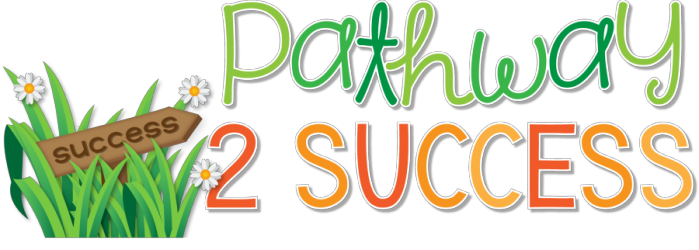In many ways, strong executive functioning skills are the foundation for success. These are the mental processes that help learners plan through assignments, organize materials, initiate a task, manage time well, stay focused, try new strategies when stuck, and persevere until the completion of a goal. If you think about it, those skills are important […]
10 Ways to Involve Young Adults in their IEP Meetings
A huge part of our job as special educators is empowering kids and young adults to make positive decisions in their own lives. One simple way to involve our students in some of those important decisions is getting them involved in their own IEP meetings. I always tell kids that they are the most important […]





